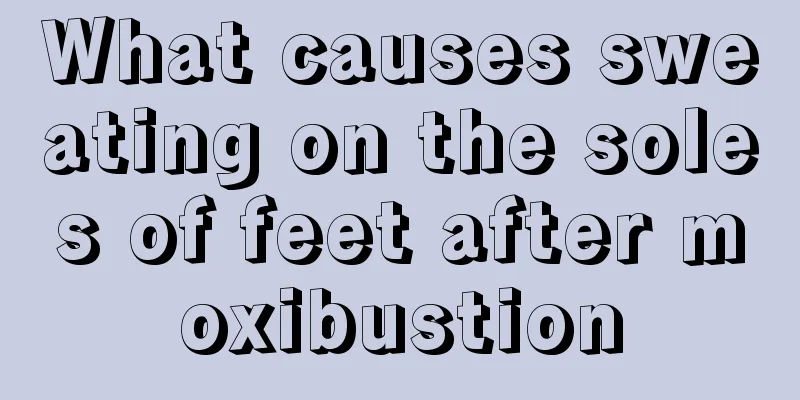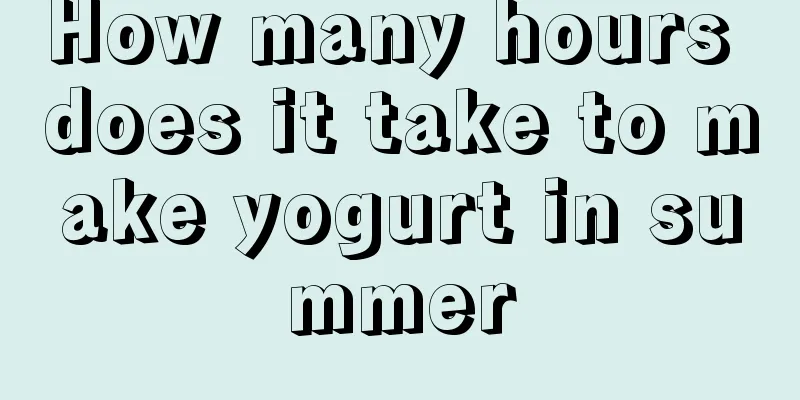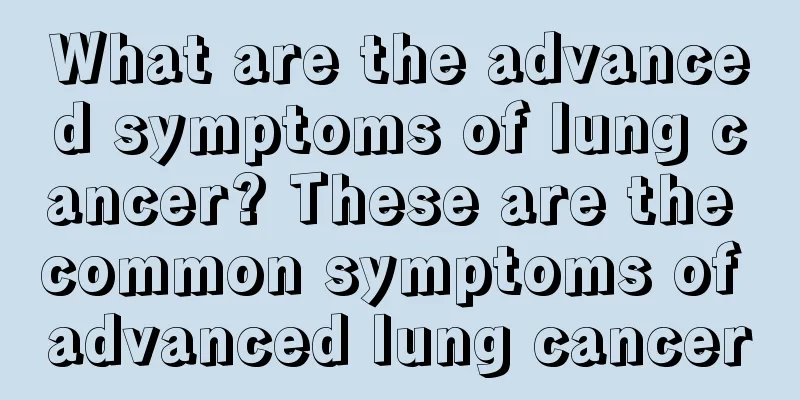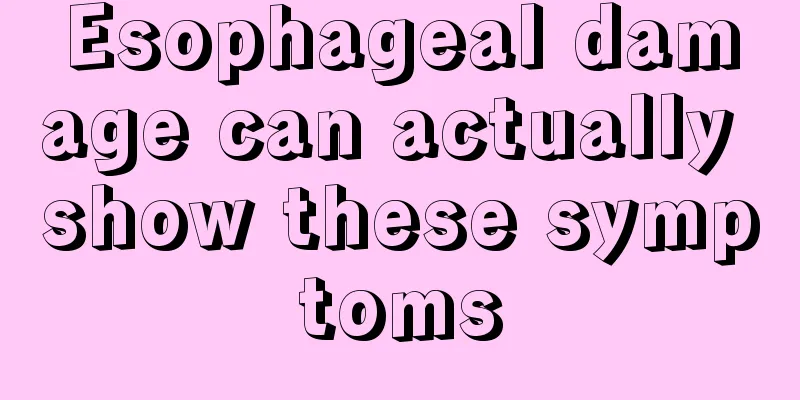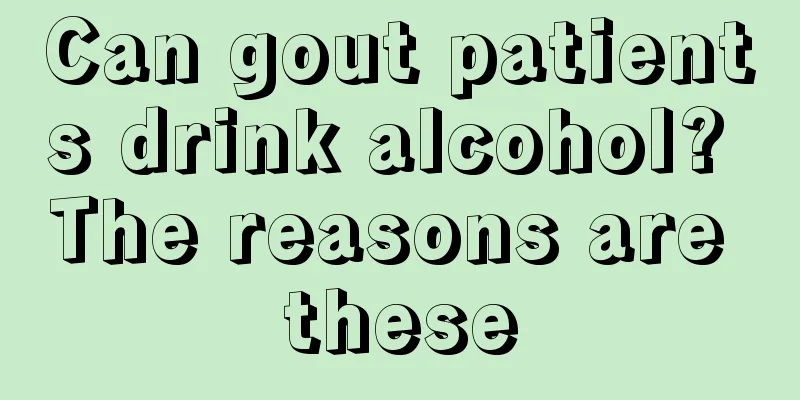The dangers of autohemotherapy
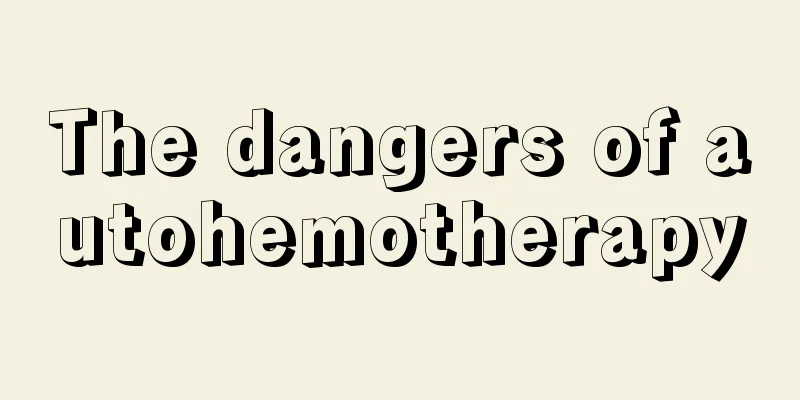
|
Autohemotherapy is actually a treatment method that extracts the patient's own venous blood and then injects the blood subcutaneously. Since this treatment method uses the patient's own blood, it will reduce the possible phenomenon of allogeneic rejection. Currently, this treatment method is mostly used in vitiligo, chronic urticaria allergic dermatitis and recurrent furunculosis. Generally, this treatment method requires several courses of treatment. Hazard 1 Chest tightness, rapid pulse, rapid breathing, cyanosis, and decreased blood pressure during ozone immunotherapy are caused by excessive cardiac load. This reaction often occurs during treatment due to heart failure and excessively rapid blood return. Therefore, the reinfusion speed should be strictly controlled during treatment. For patients with heart failure, the drip rate should not exceed 20-40 drops per minute to prevent this reaction from occurring (high-pressure ozone therapy is most likely to cause this symptom and is currently widely banned). Hazard 2 Dizziness, chest discomfort, and pain behind the sternum are manifestations of air embolism during treatment, which can be life-threatening in severe cases. The main reasons are that the air in the infusion tube has not been completely discharged and the connection of the blood transfusion device is not tight. As long as we carefully check whether the connection parts of the blood transfusion device are tight, pay attention to expelling the air inside before puncture, and strengthen inspections during treatment, we can prevent such situations from happening. Hazard Three Fever reactions usually occur 1-2 hours after the end of treatment. The causes are multifaceted, including endogenous heat sources as well as external heat sources. Symptoms include headache, chills, fever, and general discomfort. In this regard, we pay special attention to aseptic operation and store various treatment supplies in the clean bench for safekeeping. If a fever occurs, take symptomatic care in time, slow down the blood transfusion rate, and stop the transfusion in severe cases; for those with chills, give warming treatment and other treatments. For patients with fever above 38°C, physical cooling should be given and, if necessary, antipyretic drugs, antibiotics or sedatives should be given as prescribed by the doctor. Hazard 4 Tingling of the lips and tongue (common in women), most often occurring near the end of transfusion, may be due to transient, mild hypocalcemia caused by excessive citrate accumulation. Calcium supplementation should be given for this symptom. Attention should be paid to the course of treatment, 2-3 days/time. During treatment, blood and sodium citrate should be placed in proportion. Hazard 5 After the treatment, some patients feel tired, some have no symptoms, and some feel healthy and full of energy. Why does this happen? This is mainly because the antioxidant system capacity of each person is different, so ozone immunotherapy (especially for the elderly) must start with a low ozone dose (20ug/ml) and slowly increase to 40-50ug/ml. |
<<: Uneven echo of thyroid ultrasound
Recommend
What is missing when the fingertips peel?
I believe many people have experienced the phenom...
Remove old and stubborn stains from clothes
In daily life, it is very common to have stains o...
Is transaminase 120 serious?
Transaminase is present in relatively high amount...
What to eat for faster recovery after gastric cancer surgery
Gastric cancer surgery will remove part of the ga...
What to do with smelly feet
A person's living habits and personal hygiene...
How much does it cost to treat breast cancer bone metastasis
How much does it cost to treat bone metastasis of...
What is the cause of thyroid cancer
What are the causes of thyroid cancer? Thyroid ca...
Can early-stage colon cancer be cured?
Can early-stage colorectal cancer be cured? I bel...
What is the knowledge about hair care?
Hair care is very important for many people. Havi...
What's wrong with diarrhea without abdominal pain
Diarrhea, which is commonly known as loose stools...
How can I get rid of the blood stasis on my face quickly
If you accidentally get hit on your face by a har...
Methods to prevent colorectal cancer after cholecystectomy
Patients are at risk of developing colorectal can...
Can you use mugwort sticks to soak your feet?
Mugwort sticks can be used for foot soaking, beca...
How long does it take to have milk after giving birth?
When a baby is just born, the most important nutr...
My upper eyelid suddenly turned purple
There are many reasons in daily life that can cau...
